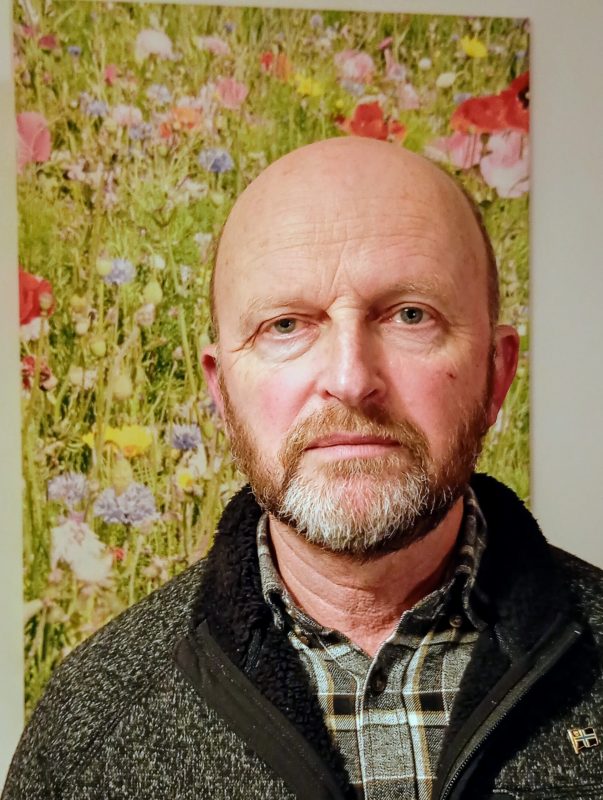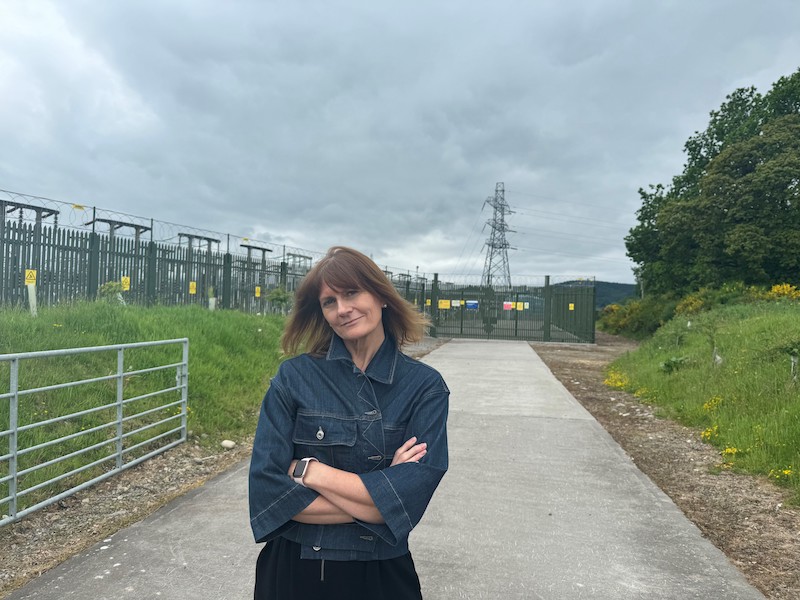Two Highland Councillors have issued a stark warning that the regions planning system is struggling to cope with a surge in vast and increasingly complex renewables applications arriving from every corner of the Highlands.
Cllr Helen Crawford, who represents Aird and Loch Ness, and Cllr Matthew Reiss, who represents Thurso and Northwest Caithness, say the pressures now placed upon planning committees are becoming unsustainable.

They describe shortened consultation periods, overloaded agendas and the absence of site visits at a time when applications are larger in scale than anything the Highlands has seen before.
This weeks meeting of the North Planning Applications Committee is being held up as a clear example of the strain, with an agenda so long that members may be required to make a two hundred and twenty mile round trip twice in three days if the session needs to be continued.
Remote attendance often fails to provide the clarity and stability required for decisions of this scale and the Councillors say it is no substitute for being physically present.
Their intervention comes ahead of NPACs consideration of the largest single renewables proposal in Highland history, the Banniskirk Hub in Caithness, a substation reported to be the size of one hundred and forty football pitches.
Alongside that, councillors will be asked to weigh a one point five gigawatt battery energy storage scheme, two offshore wind cable routes and the Spittal to Beauly overhead line.
Residents in the north say they still have unanswered questions about community benefit, emergency service consultation and the justification for designating the project as being in the national interest.
The same pressure is being felt in the south, where the South Planning Applications Committee is due to consider the Fanellan substation, an unprecedented eight hundred and sixty eight acre red line site which has attracted nearly two thousand objections and just one letter of support.
Cllr Crawford and Cllr Reiss say communities are losing trust as they watch ever larger proposals advance with what they believe to be diminishing scrutiny.
They point to stark variations in community benefit payments as evidence of a system that lacks consistency, highlighting the community owned Ben Aketil wind farm on Skye which delivers two hundred and seventy five thousand pounds per megawatt per year, compared with the Scottish Governments non mandatory guidance of five thousand pounds per megawatt.
The Councillors say these disparities feed a growing perception that the Highlands is being used as a resource base without receiving a fair share of the benefit.
Earlier this year, Cllr Crawford, supported by Cllr Reiss, chaired two regional Conventions that brought Community Councils together from across the Highlands to speak collectively about what has been described as a tsunami of major energy applications.
The statement released today is the clearest sign yet that elected members believe the planning framework needs urgent strengthening.
They are calling for more transparent procedures, improved committee arrangements and proper time for site visits so that decisions of national and generational importance are given the depth of scrutiny they deserve.
As the volume of applications continues to grow, the Councillors say the future of public confidence in the planning system depends on immediate action.
Joint Statement
Issued by:
Cllr Matthew Reiss (Thurso and Northwest Caithness)
Cllr Helen Crawford (Aird and Loch Ness Ward)
As Councillors representing both the north and south Highlands, we share serious concerns about Highland Council’s capacity to handle the record volume of increasingly complex renewables planning applications. Even with higher fees and more staff, deadlines are slipping and officers are under unsustainable pressure. This is a statement of fact, not a criticism of staff.
Consultation periods have been shortened just as applications of unprecedented scale and consequence for the world-renowned Highlands are arriving. This week’s NPAC meeting (Wednesday 26 November) illustrates the problem: the agenda is far too long, and the proposed continuation on Friday forces some Members into a 220-mile round trip twice in three days. Remote attendance is unreliable and no substitute for being present.
Equally troubling is that NPAC has not carried out a single site visit during this Administration, despite dealing with enormous renewables proposals. Some Members may never have visited areas such as Skye, Lochaber or Caithness, yet are expected to make decisions that will transform them.
We need firm action – whether by streamlining smaller applications or by urgent reform of Committee processes. This will take time and money, but major proposals demand full scrutiny or we face a serious democratic failure.
At this meeting alone, NPAC will consider the largest renewables application in Highland history: the Banniskirk Hub in Caithness – a substation site, the size of 140 football pitches in a quiet rural area – alongside a 300 megawatt Battery Energy Storage System (BESS). Two further offshore windfarm cable routes and the Spittal –Beauly OHL are still pending and expected to come to a future NPAC. Residents are already asking valid questions: Why is community benefit undisclosed? Why no SFRS consultation? Why is this “in the national interest” when Scotland already produces more energy than it consumes and constraint payments could reach £8bn by 2030? Banniskirk’s scale makes a second southbound OHL almost inevitable.
A similar situation is emerging at SPAC with for example the proposed Fanellan substation: an unprecedented 868-acre red-line boundary, attracting nearly 2,000 objections and only one letter of support. Communities are rightly questioning the scale, impacts and whether these projects are really to connect existing generation – or to pave the way for a new wave of wind farms, some in areas where communities are saying they have already reached saturation point.
One example illustrates the stakes: the community-owned Ben Aketil wind farm on Skye delivers £275k per MW per year in community benefit, while Scottish Government guidance suggests only £5k per MW. The difference is extraordinary, and communities care deeply about it.
These are not minor matters. Councillors, lay people tasked with decisions shaping future generations, need time, clarity and site visits. Instead, there is concern that agendas are overloaded and processes rushed. Public trust from Caithness to Lochaber, and Skye to Badenoch, is ebbing as people see contradictions and fear the Highlands is being exploited while governments look away. The Scottish Government has intervened before – such as stopping new nuclear – and it holds full responsibility for planning legislation, yet rarely refuses major applications. Communities are rightly asking whether it will now act or continue to facilitate what increasingly looks like an unjust and unnecessary industrialisation
We stand together – North and South – calling for urgent, practical and transparent improvements to the planning process before decisions of national and generational importance are pushed through without proper scrutiny.
Signed
Cllr Helen Crawford (Aird and Loch Ness Ward) Cllr Matthew Reiss (Thurso and Northwest Caithness)





